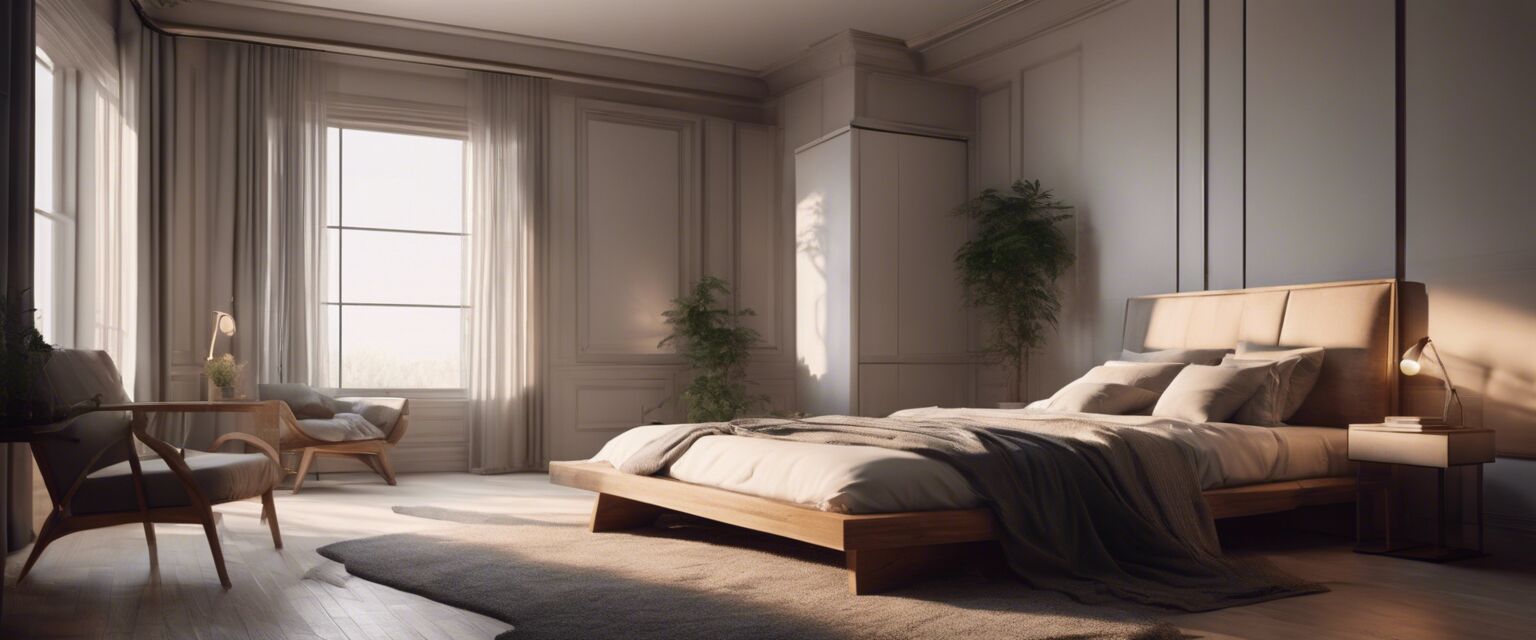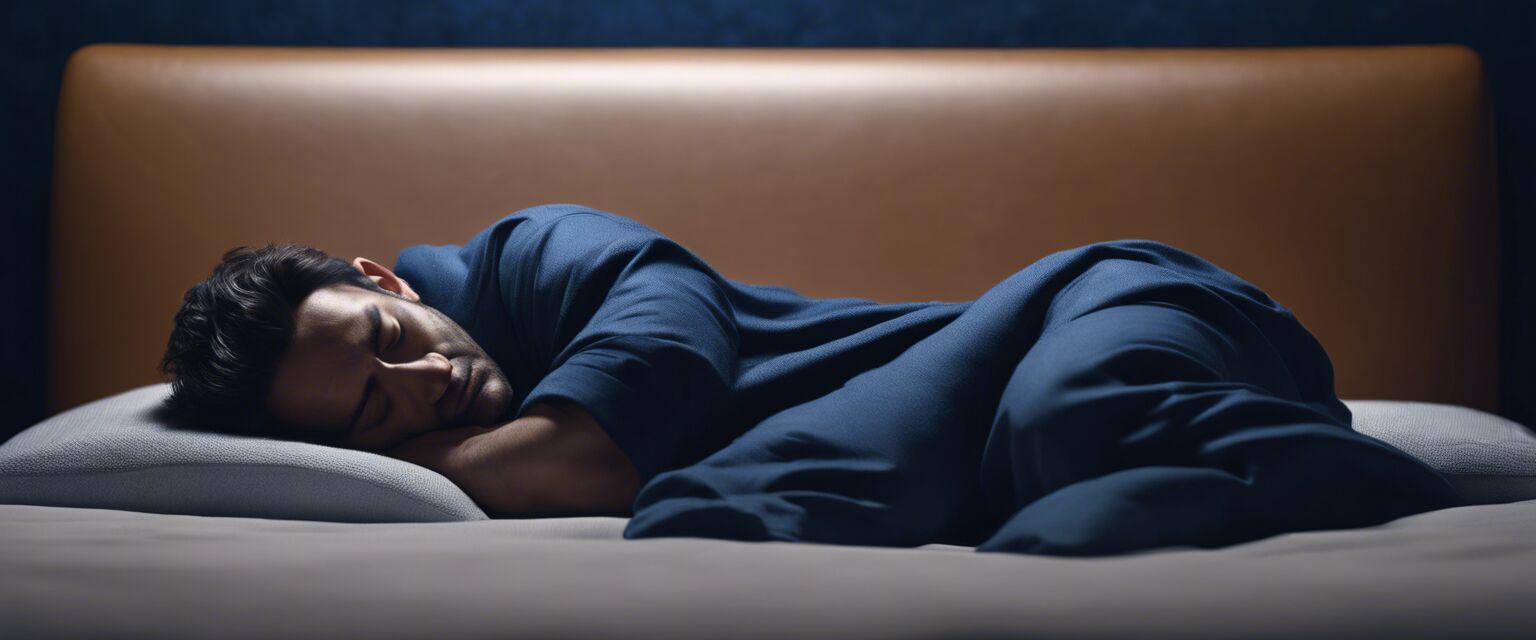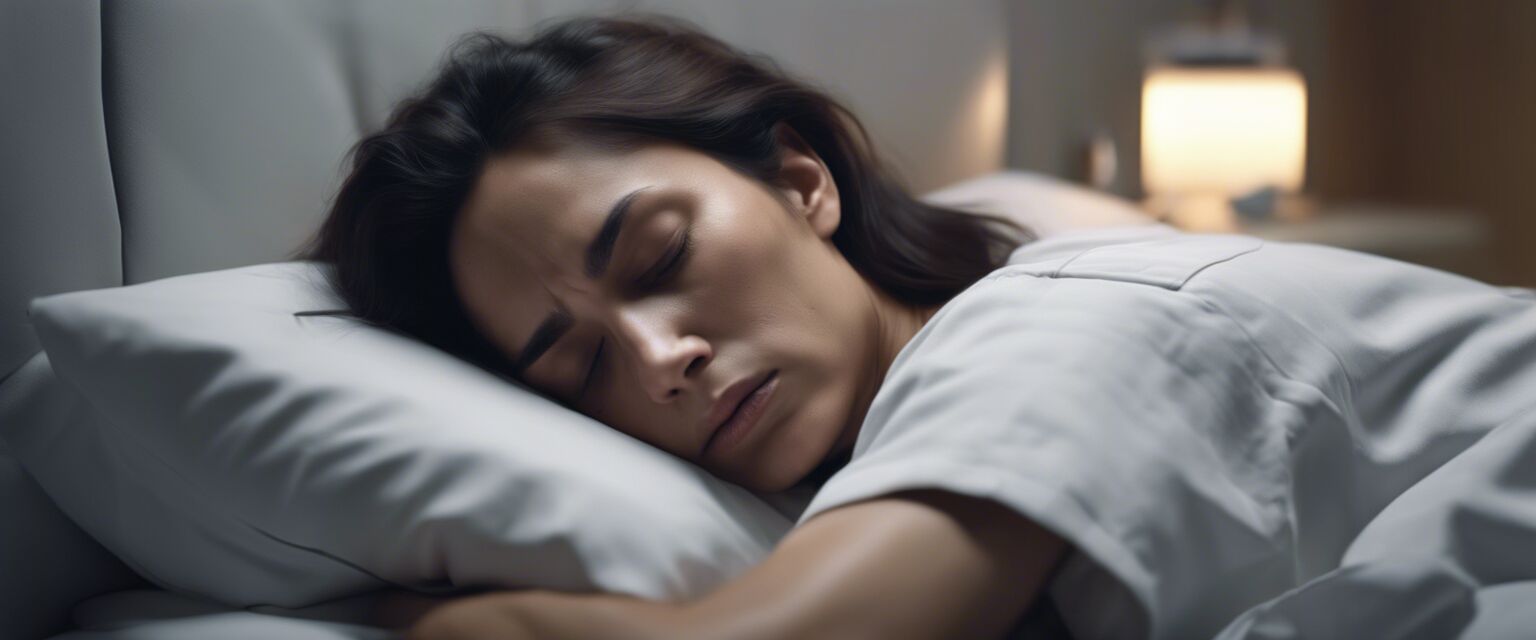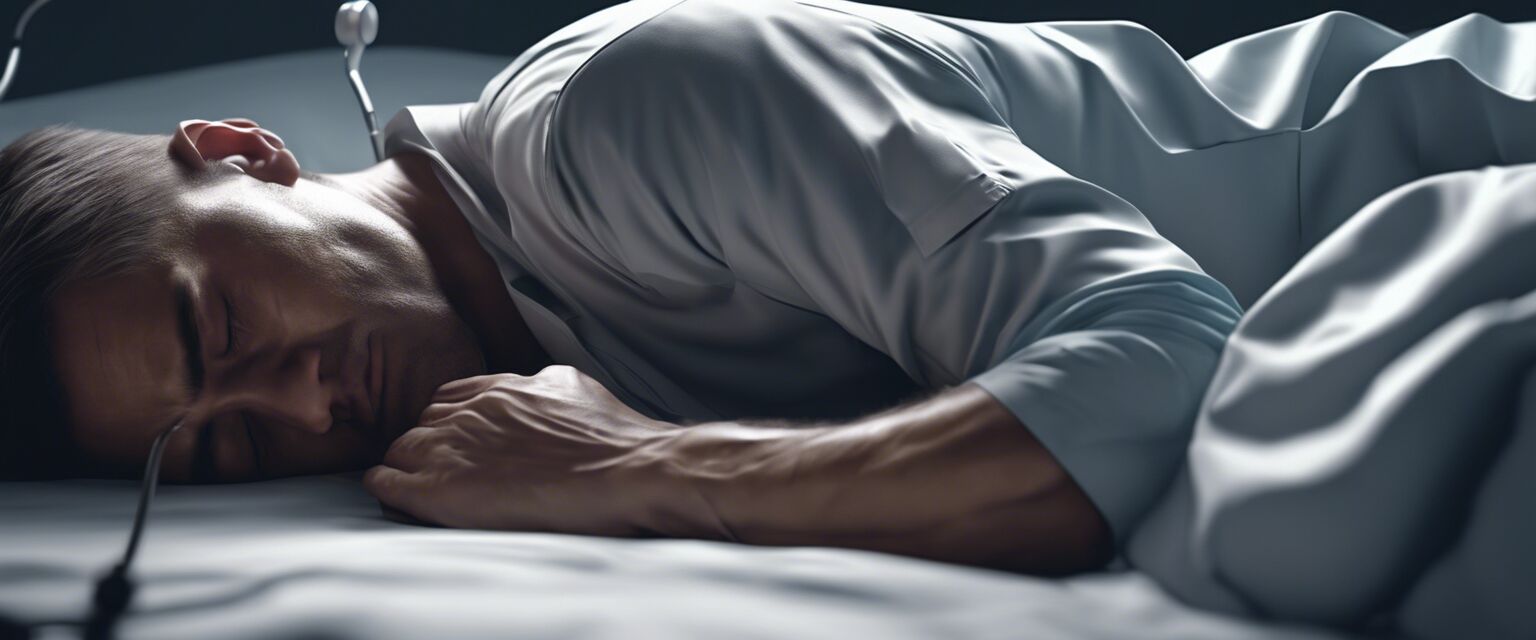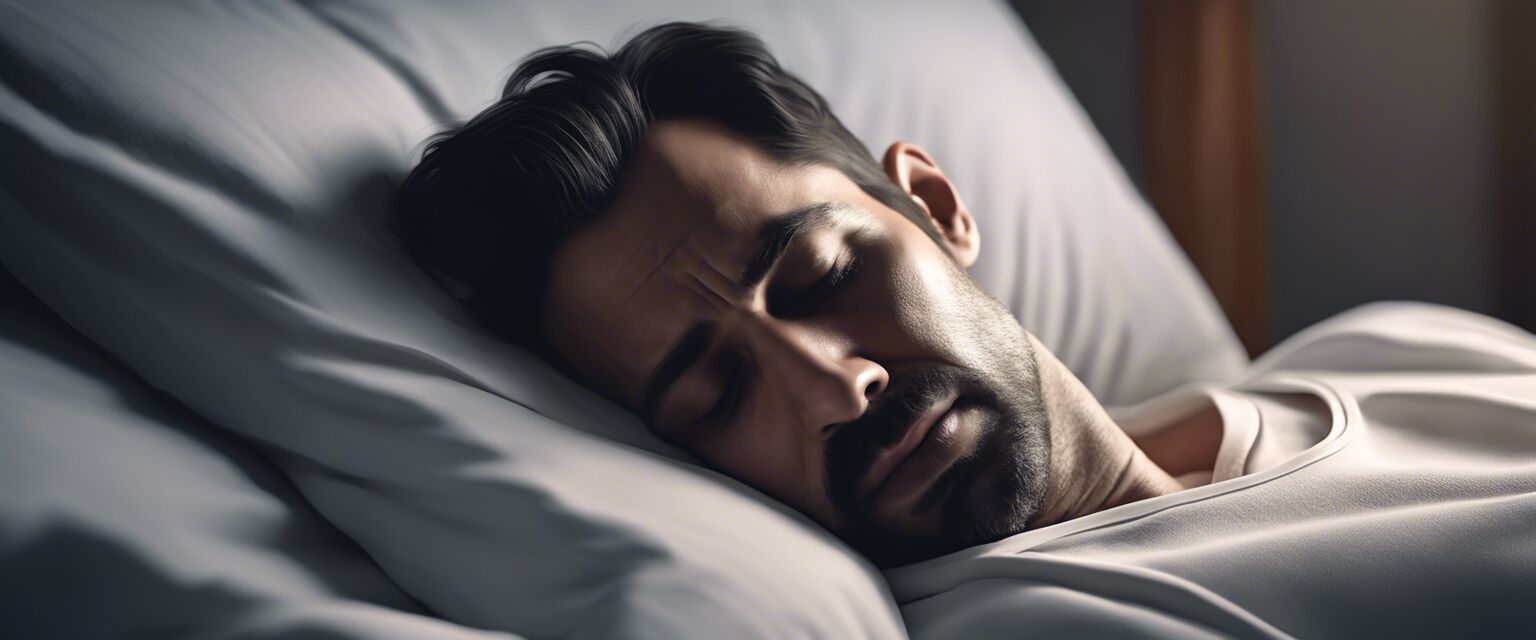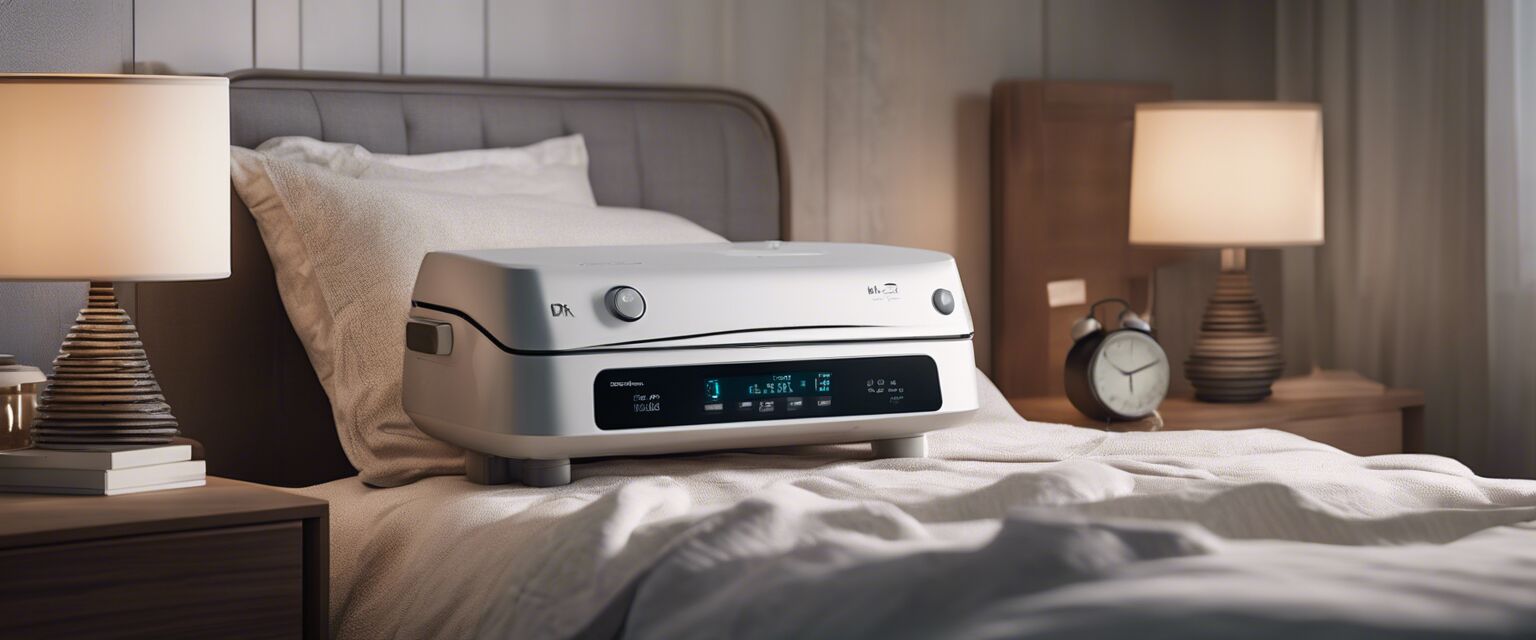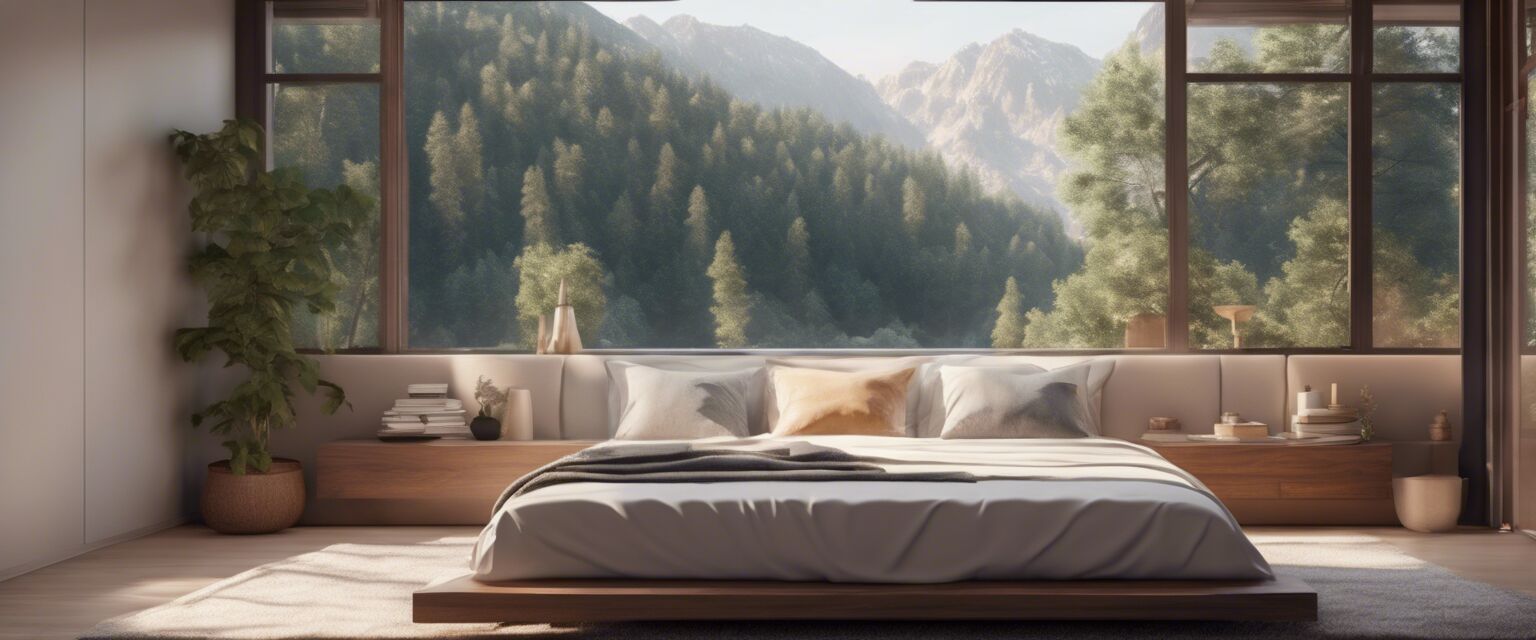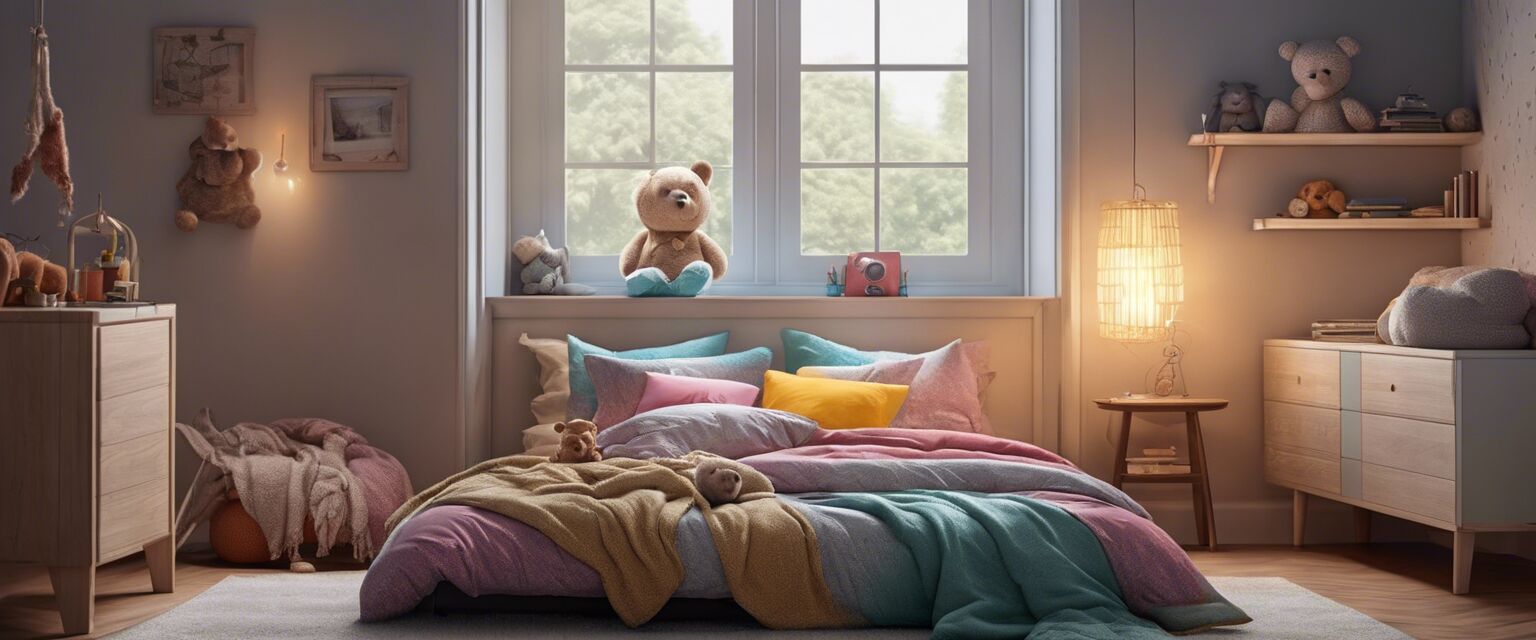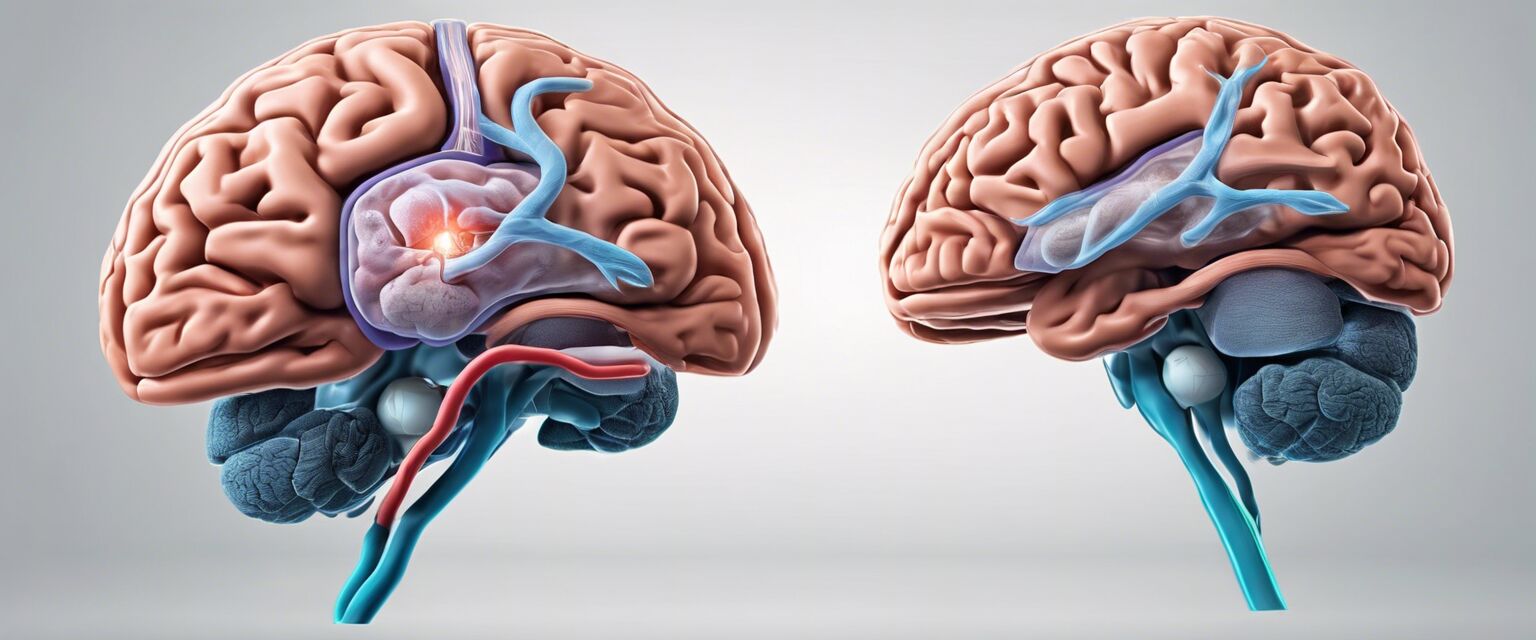
Types of Sleep Apnea: Understanding the Differences
Sleep apnea is a serious sleep disorder that affects millions of people worldwide. Did you know that there are different types of sleep apnea, each with unique characteristics and symptoms? In this article, we'll delve into the different types of sleep apnea, helping you better understand this complex condition.
Key Takeaways
- There are three main types of sleep apnea: obstructive, central, and complex.
- Obstructive sleep apnea is the most common type, caused by a blockage in the airway.
- Central sleep apnea is less common, caused by a lack of respiratory effort.
- Complex sleep apnea is a combination of both obstructive and central sleep apnea.
What is Obstructive Sleep Apnea (OSA)?
Obstructive sleep apnea (OSA) is the most common type of sleep apnea, accounting for approximately 84% of all cases. It occurs when the airway is partially or completely blocked during sleep, causing the brain to wake up briefly to restore breathing.
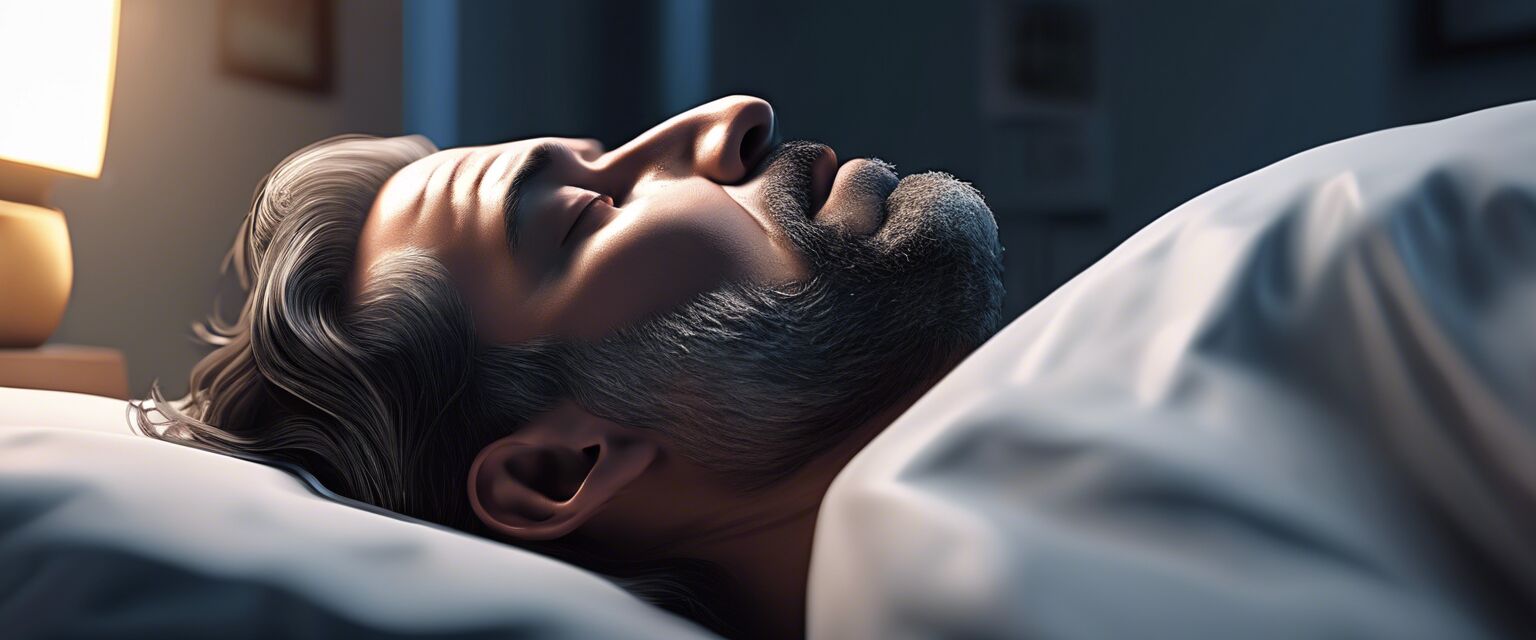
Causes of OSA:
- Narrow airway
- Large tongue or tonsils
- Obesity
- Anatomy of the jaw or facial structure
What is Central Sleep Apnea (CSA)?
Central sleep apnea (CSA) is a less common type of sleep apnea, accounting for approximately 5-10% of all cases. It occurs when the brain fails to send signals to the muscles that control breathing, leading to a lack of respiratory effort.
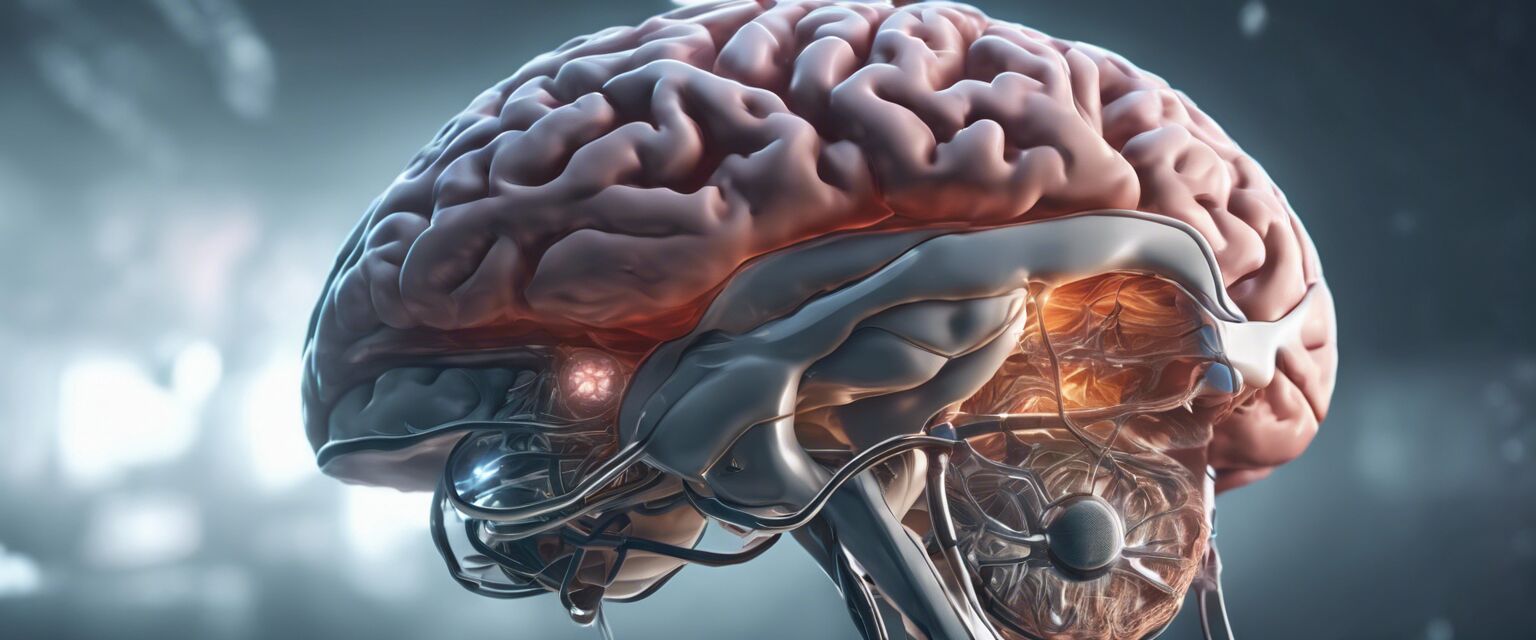
Causes of CSA:
- Heart conditions
- Stroke or brainstem injury
- Certain medications
- High altitude
What is Complex Sleep Apnea?
Complex sleep apnea is a combination of both obstructive and central sleep apnea. It is a rare condition, accounting for approximately 1-5% of all sleep apnea cases.
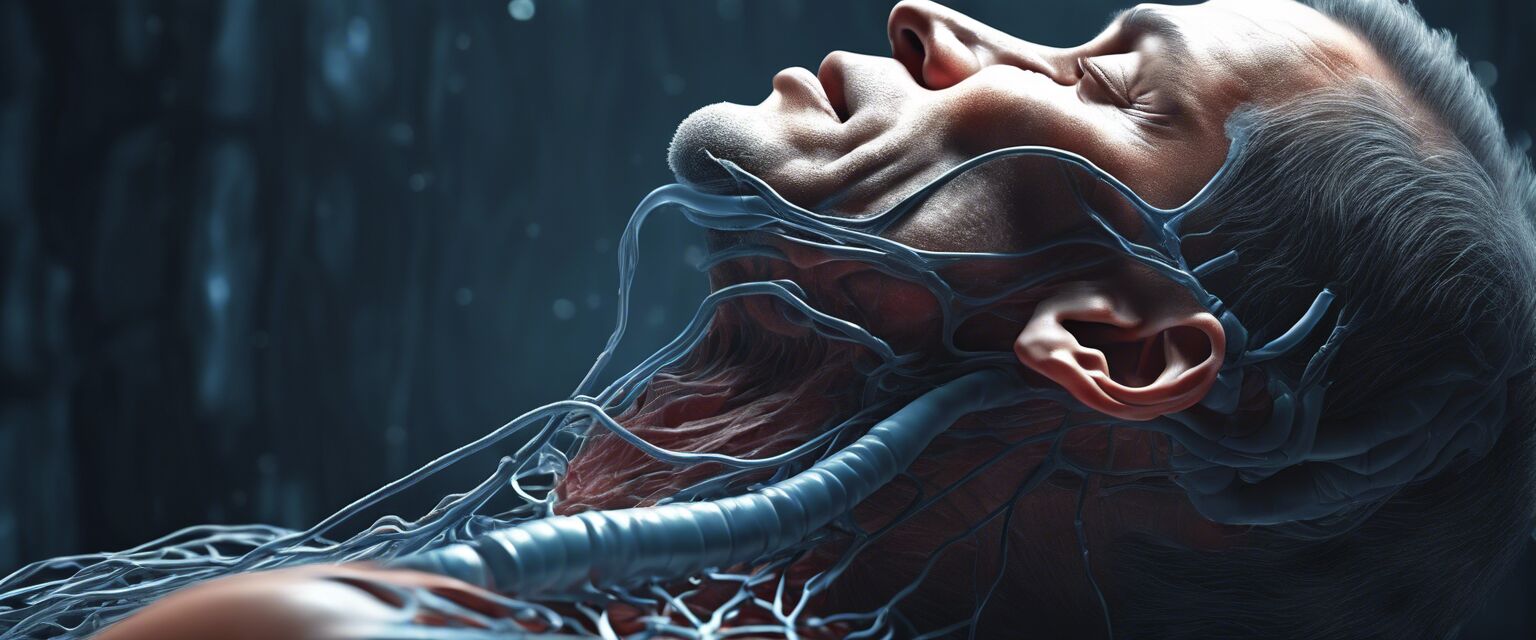
Understanding the Types of Sleep Apnea
- Helps identify the underlying cause of sleep apnea
- Allows for more effective treatment and management
- Improves overall sleep quality and health
Challenges of Diagnosing Sleep Apnea
- Requires a comprehensive sleep study or polysomnography
- May require multiple tests and evaluations
- Can be difficult to diagnose complex sleep apnea
Treatment Options for Sleep Apnea
Treatment for sleep apnea typically involves a combination of lifestyle changes, oral appliances, and medical devices. For more information on treatment options, visit our CPAP Machines and CPAP Masks and Accessories pages.
| Type of Sleep Apnea | Causes | Symptoms | Treatment Options |
|---|---|---|---|
| Obstructive Sleep Apnea (OSA) | Narrow airway, large tongue or tonsils, obesity, anatomy of the jaw or facial structure | Loud snoring, daytime fatigue, morning headaches | CPAP therapy, oral appliances, lifestyle changes |
| Central Sleep Apnea (CSA) | Heart conditions, stroke or brainstem injury, certain medications, high altitude | Pause in breathing, daytime fatigue, morning headaches | CPAP therapy, adaptive servo-ventilation (ASV), oxygen therapy |
| Complex Sleep Apnea | Combination of OSA and CSA | Loud snoring, pause in breathing, daytime fatigue, morning headaches | CPAP therapy, adaptive servo-ventilation (ASV), oxygen therapy, oral appliances |
Beginners Section
- Consult with a healthcare professional for proper diagnosis and treatment
- Learn about the different types of sleep apnea and their causes
- Explore treatment options and lifestyle changes to manage sleep apnea
By understanding the different types of sleep apnea, you can take the first step towards diagnosing and treating this complex condition. Remember to consult with a healthcare professional and explore our resources on Humidifiers for Sleep Therapy and Sleep Monitors to improve your sleep health.
